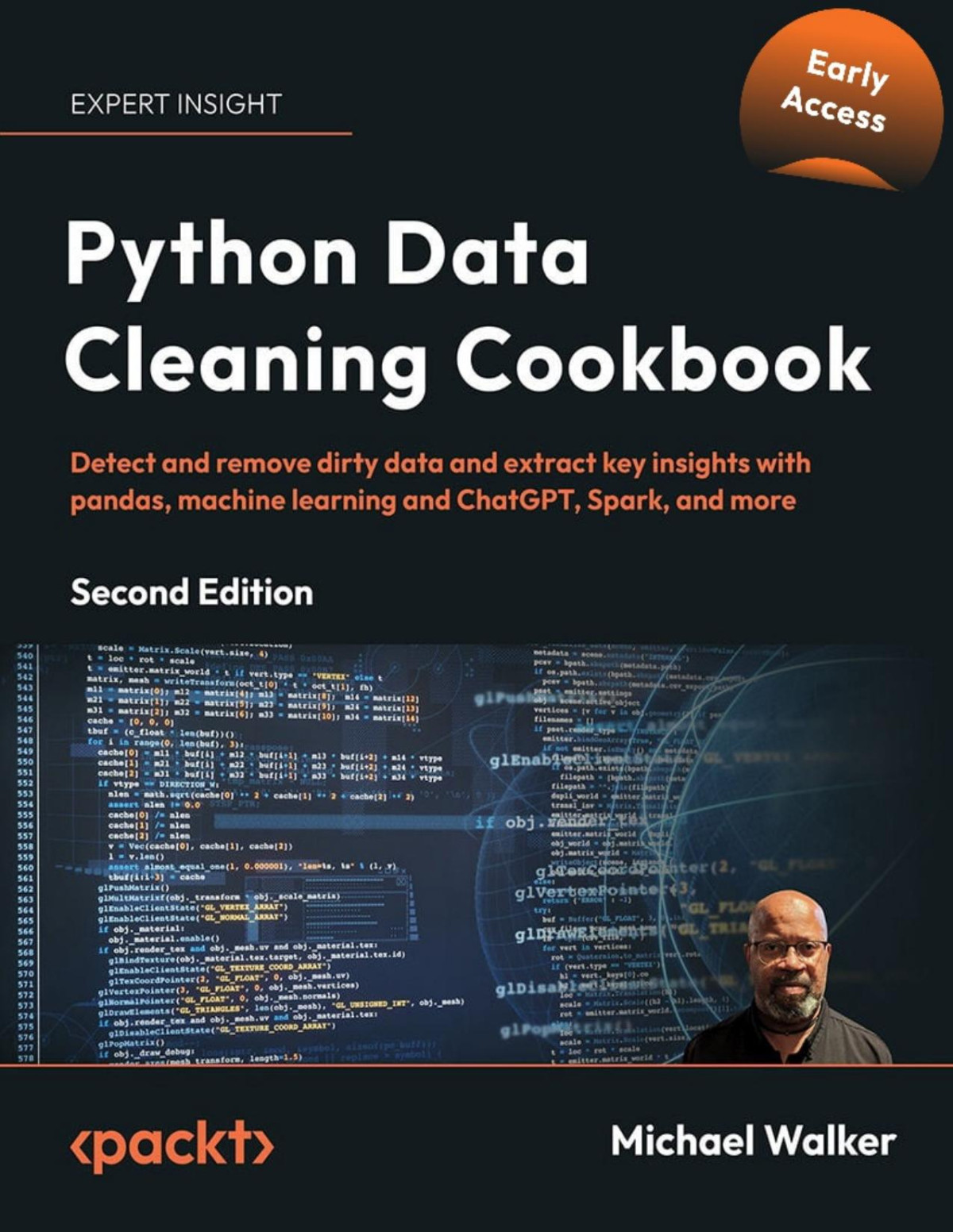

Most ebook files are in PDF format, so you can easily read them using various software such as Foxit Reader or directly on the Google Chrome browser.
Some ebook files are released by publishers in other formats such as .awz, .mobi, .epub, .fb2, etc. You may need to install specific software to read these formats on mobile/PC, such as Calibre.
Please read the tutorial at this link: https://ebookbell.com/faq
We offer FREE conversion to the popular formats you request; however, this may take some time. Therefore, right after payment, please email us, and we will try to provide the service as quickly as possible.
For some exceptional file formats or broken links (if any), please refrain from opening any disputes. Instead, email us first, and we will try to assist within a maximum of 6 hours.
EbookBell Team

0.0
0 reviewsLearn the intricacies of data description, issue identification, and practical problem-solving, armed with essential techniques and expert tips.
Key FeaturesJumping into data analysis without proper data cleaning will certainly lead to incorrect results. The Python Data Cleaning Cookbook will show you tools and techniques for cleaning and handling data with Python for better outcomes. You will begin by getting familiar with the shape of data by using practices that can be deployed routinely with most data sources.
Fully updated to the latest version of Python and all relevant tools, this book will teach you how to manipulate data to get it into a useful form. The current edition emphasizes advanced techniques like machine learning and AI-specific approaches to data cleaning along with the conventional ones. You will learn how to filter and summarize data to gain insights and better understand what makes sense and what does not, along with discovering how to operate on data to address the issues you've identified. Next, you'll cover recipes for using supervised learning and Naive Bayes analysis to identify unexpected values and classification errors and generate visualizations for exploratory data analysis (EDA) to identify unexpected values. Finally, you'll build functions and classes that you can reuse without modification when you have new data.
By the end of this Data Cleaning book, you'll know how to clean data and diagnose problems within it.
This book is for anyone looking for ways to handle messy, duplicate, and poor data using different Python tools and techniques. The book takes a recipe-based approach to help you to learn how to clean and manage data with practical examples.
Working knowledge of Python programming is all you need to get the most out of the book.